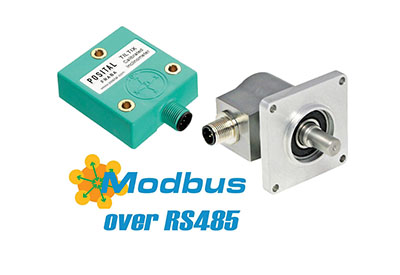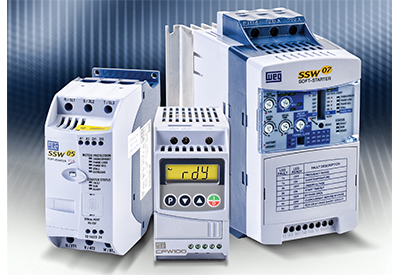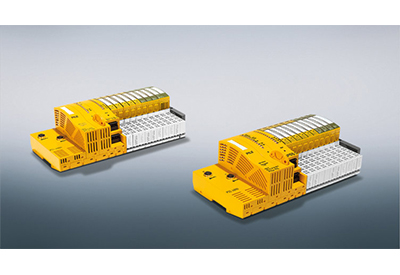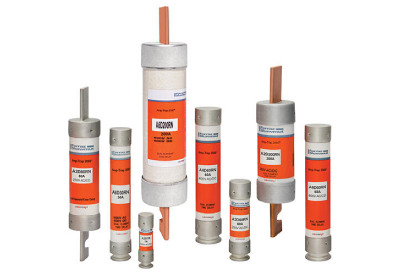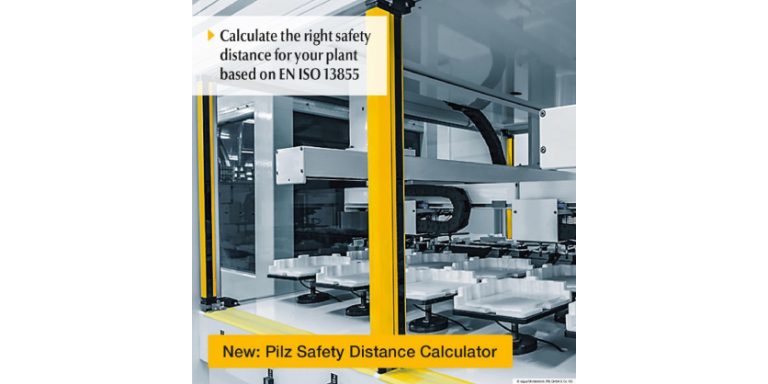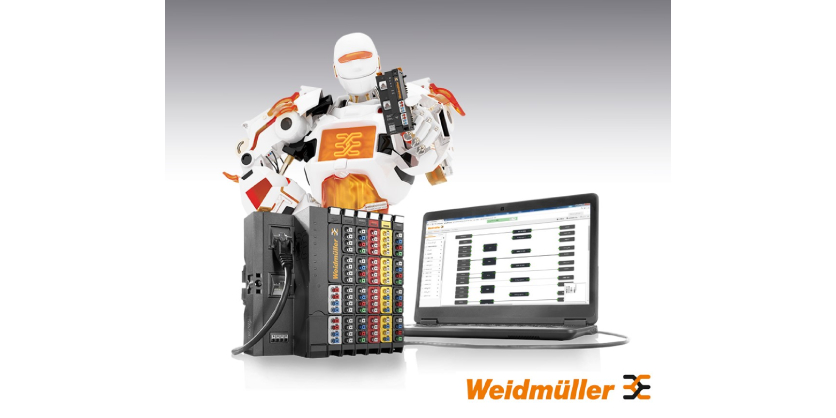Softing Extends Connectivity Solutions With usbLink CN, Replacing the Discontinued Allen-Bradley 1784-U2CN
December 20, 2024
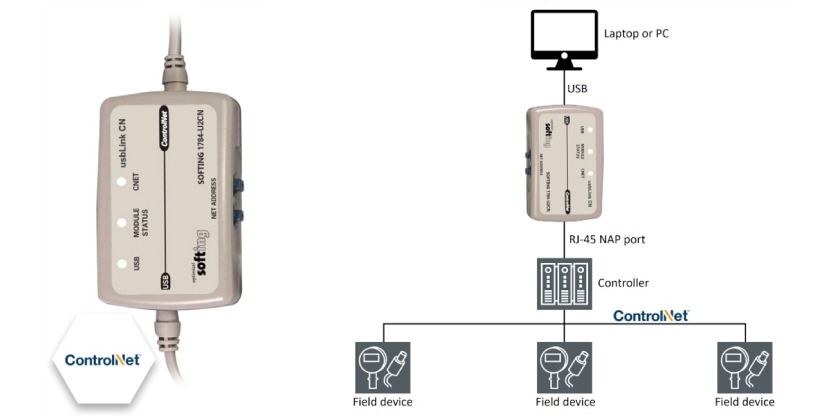
Softing Industrial introduces its usbLink CN — USB to ControlNet interface — as a replacement for the discontinued Allen-Bradley 1784-U2CN. Softing has agreed to continue to support this product and release it as usbLink CN, extending their product line of USB interfaces that connect user laptops to industrial field devices.
This interface provides a USB 2.0 port for laptop or PC connections and an RJ45 port to connect to ControlNet networks. The simple design of usbLink CN enables on-the-go configuration of ControlNet devices with an easy setup. Use RSLinx and RSNetWorx for ControlNet communications.
“As part of the Rockwell Technology Partner Program, we are happy to have a relationship with Rockwell that allows us to take on product lifecycle extensions that help customers extend the life of their legacy applications,” says Deane Horn, Director of Marketing.
About Softing
Softing AG is a leading global provider of products for industrial automation, IT networks and automotive electronics. For over 30 years, the company has provided industrial data communications and connectivity in the form of embedded solutions such as OEM chips, protocol development stacks, software connectivity suites, communications gateways and PLC in-chassis modules to connect production processes. The company provides network health solutions in the form of handheld Ethernet cable certification testers, Ethernet network troubleshooting tools, PROFIBUS testers and field device management solutions for HART, PROFIBUS and FOUNDATION Fieldbus.
More Information
Visit www.industrial.softing.com for more information.
Softing Industrial Presents Ethernet-APL Field Switch at ACHEMA 2024
Softing Industrial announced the presentation of its new “aplSwitch Field” at ACHEMA 2024. This state-of-the-art 16-Port Ethernet-Advanced Physical Layer (Ethernet-APL) Field Switch with optional PROFIBUS Process Automation (PA) proxy is designed for use in Zone 2 and establishes seamless connectivity down to the field level.
The “aplSwitch Field” enables the transparent connection of “Two-Wire Intrinsically Safe Ethernet” (2-WISE) Ethernet-APL field devices to higher-level Industrial Ethernet networks, providing these devices with intrinsically safe power. Additionally, the “aplSwitch Field PA” variant supports the connection of both Ethernet-APL field devices and PROFIBUS PA devices, ensuring smooth integration into existing industrial systems.


